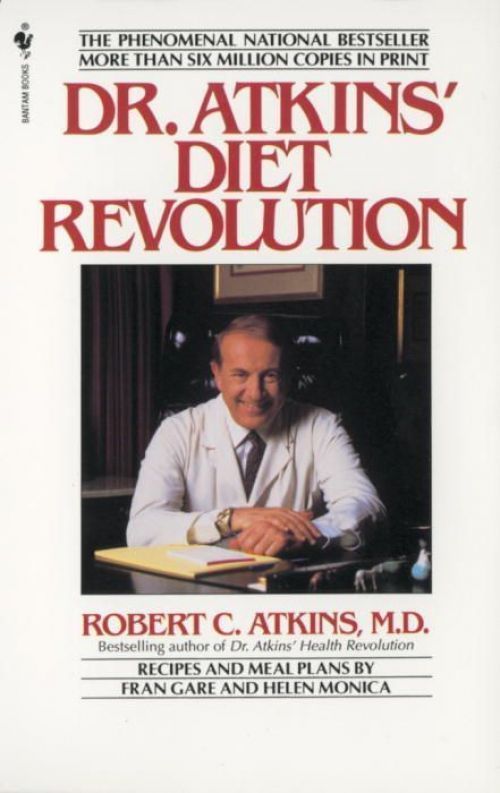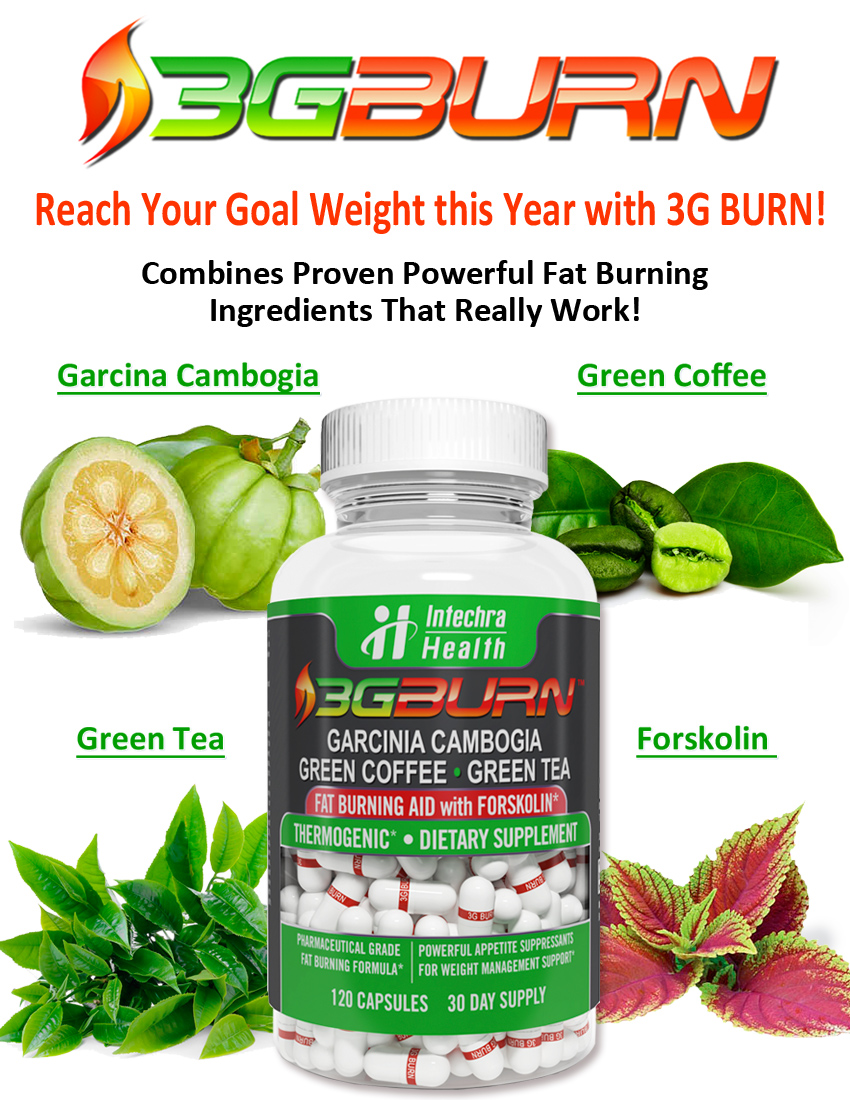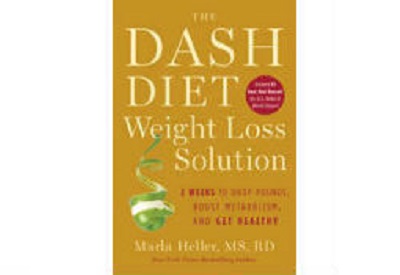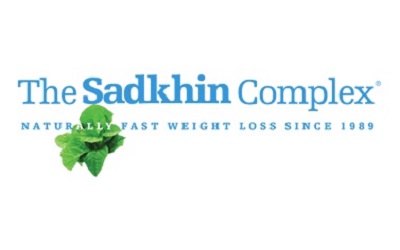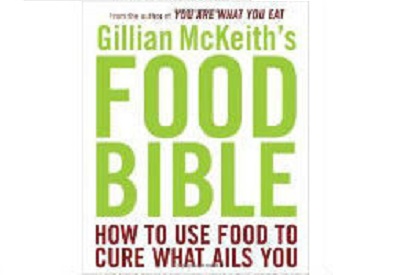At this point, there are very few people who haven’t heard of the Atkins Diet. It was the first major fad to place low carb dieting into the spotlight. Though it was first created in 1972, it wasn’t until over twenty years later that it truly reached its peak.
Still, even after the Atkins Diet exploded in popularity, what most people learned about it was that it required dieters to consume a low carbohydrate diet. In fact, many people believed that it involved the attempt to eat no carbs at all. Many myths circulated and distorted the main understanding of what this eating strategy involved.
If you’re curious about the truth behind this diet, read on and discover what it’s truly about.
What is the Atkins Diet?
The Atkins Diet, also known as Atkins 20, is a low carb, high protein, moderate fat intake eating strategy that is meant to help you to quickly lose weight without suffering from hunger or feeling deprived from the foods you love. At the time that it first came out it had a certain amount of popularity, but it went through a significant return around the turn of the millennium.
At that time, millions of people were using the strategy to try to shed the pounds, including many well known celebrities. The diet had a popular website, books and a range of other branded products. In fact, many grocery chains carried special Atkins food items that helped people to enjoy their favorites without overeating carbs.
An Evolving Eating Strategy
The Atkins Diet has shifted and changed over the years in order to keep up with the latest nutrition and health research. The original strategy was revolutionary but was found to be flawed in some of its principles. The most recent form of Atkins now focuses more on lean proteins, healthy fats and veggies that are high in fiber.
Four Phases to the Atkins Diet
This diet is broken down into four phases to be followed by the dieter. That said, no matter the phase, the main proteins and fats to consume are meat, seafood, poultry, eggs, cheese, butter and oils. At the same time, sugary and starchy carbohydrates need to be avoided. They include foods such as potatoes, bread, chips, pasta, candy and cookies.
The Atkins Diet starts off rather restrictive but works its way toward allowing a growing number of foods once the body has adapted and adjusted.
- Phase 1 is meant to cause the body to stop burning carbs and to start burning fats instead, a process called ketosis. During that phases, weight loss typically occurs quite quickly. In this phase, dieters eat proteins, fats, and no more than 20 grams of carbohydrates, all of which must come from vegetables.
- Phase 2 starts to introduce some new foods into the dieter’s allowable options. This is a time of gradual trial and error, allowing the dieter to determine how many carbs they can eat while continuing to lose weight.
- Phase 3 doesn’t begin until the diet has only around 10 pounds left before reaching their weight loss goal. This teaches the dieter how to polish off the rest of the weight loss they still have left.
- Phase 4 is the last one and is meant to be maintained over the long term. This phase is designed to make sure that once the weight has been lost, it will never come back.
A Less Restrictive Form of Atkins
It should be noted that there is a less rigid form of the Atkins Diet, called Atkins 40, which goes by similar strategies as the Atkins 20 version, only it is not as restrictive. For example, during the first phase, dieters can eat 40 grams of carbs instead of just 20 grams. Moreover, there aren’t any food groups that are completely excluded. There are limits to certain fats, but no rigid guidelines regarding the consumption of many proteins such as meats.
Other versions of this strategy have been created to appeal to people who are concerned with the environment or who want an option that is plant-based, such as Eco-Atkins.
No matter which version of the Atkins Diet you’re considering, it’s very important to speak with your doctor first. This eating strategy is not appropriate for everyone and may even be dangerous for people with certain common medical conditions. Talking to a medical professional will help you to know if this is the right option for you or if an alternative may be safer and more effective.
